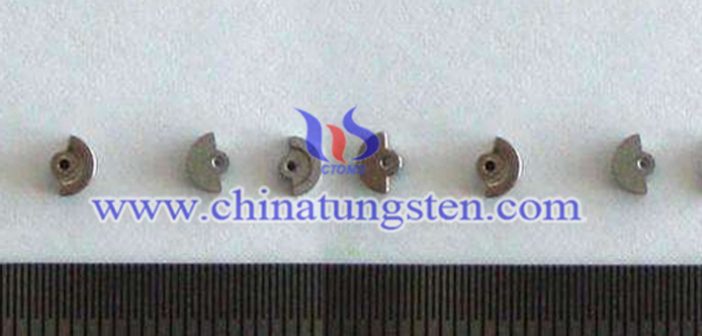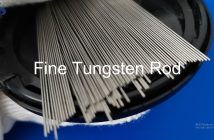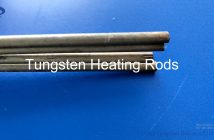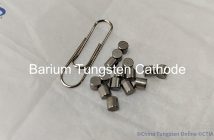Technology products such as smartphones, electric cars, big-screen TVs, and green energy power generation rely on a range of chemical elements that most people have never heard of. Until the end of the 20th century, people were only curious about these high-tech products. But nowadays, I feel that it is uncomfortable to find out which one is missing. This also reflects from the side that these chemical elements are indispensable. Because, in fact, a single mobile phone contains more than one-third of the elements in the periodic table.
As demand for these high-tech products grows, so does the demand for key manufacturing elements of these technology products. However, the supply of these elements is affected by a range of political, economic and geographic factors, so their prices fluctuate, and there are also huge potential gains hidden. This makes investment in mining these metals a risky business. The following are mainly some of the elements we rely on.

tungsten alloy vibrator applied in smartphone picture
Cobalt
Cobalt has been used for centuries to create stunning blue glass and ceramic glazes. Today, it is one of the key elements of the ultra-alloy elements of modern jet engines and the batteries that power our mobile phones and electric vehicles. In the past few years, the demand for electric vehicles has grown rapidly, and the number of global registrations has increased from 200,000 in 2013 to 750,000 in 2016, more than doubling. Smartphone sales have also increased – over 1.5 billion in 2017 – although the first decline in history may indicate that some markets are now saturated.
In addition to the needs of the traditional industry, this has helped to increase the price of cobalt from £15 per kilogram to nearly £70 per kilogram over the past three years. Africa has traditionally been the largest source of cobalt, but rising demand and concerns about supply security mean that new mines are open in other parts of the United States. However, in order to illustrate the volatility of the market, the increase in production in recent months has caused its price to fall by 30%.

large screen TV picture
Rare earth element
"Rare earth" contains 17 kinds of metal elements. Although these elements are known as "thin", we now know that they are not scarce. They are usually by-products of large-scale mining of iron, titanium or uranium. In recent years, their production has been dominated by China, and China has provided more than 95% of global demand.
Rare earths can be used in electric vehicles and wind turbines, where both bismuth and antimony elements are critical for the manufacture of powerful magnets in electric motors and generators. This magnet can also be found in all telephone speakers and microphones.
The prices of different rare earths vary widely and fluctuate greatly. For example, driven by the growth of electric vehicles and wind power, the price of antimony oxide peaked at the end of 2017, at £93 per kg, twice the mid-2016 price, and then fell back to about 40% higher than 2016. This volatility and unsafe supply means that more countries must find their own sources of rare earths.
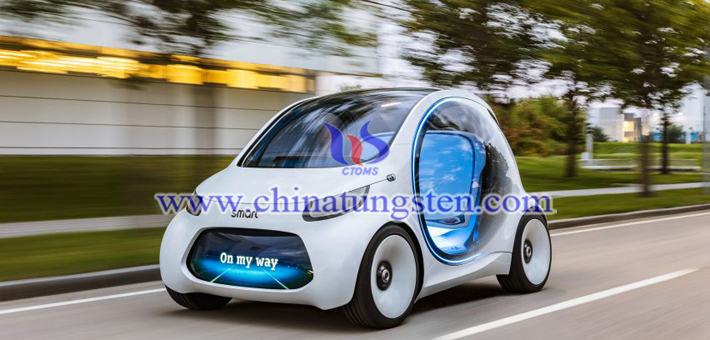
electric car picture
Gallium
Gallium is a strange element. In the metallic state, it can melt in hot weather (above 30 ° C). However, when combined with arsenic to make gallium arsenide, it produces a powerful high-speed semiconductor for microelectronics that makes our phones so smart. Nitrogen (gallium nitride) can be used for low energy illumination with the correct color, ie LED. Similarly, gallium is also produced primarily as a by-product of other metal mining, mainly from iron ore and zinc ore. But unlike some other metals, the price of gallium has more than doubled since 2016, and by May 2018 it was priced at £315 per kilogram.
Indium
Indium is one of the rare metal elements on Earth, but you may see it every day because all flat panels and touch screens rely on a very thin layer of indium tin oxide. This element is mainly obtained as a by-product of zinc ore, and obtaining 1 gram of indium may require mining 1,000 tons of ore.
Although indium is rare, it is still an important part of electronic devices because there are no other elements that can be used to make touch screens. However, scientists hope that a two-dimensional carbon form called graphene can provide a solution. After the sharp decline in indium prices in 2015, the market price of 2016-17 has risen by 50% to around £350 per kilogram, mainly due to its use on flat screens.
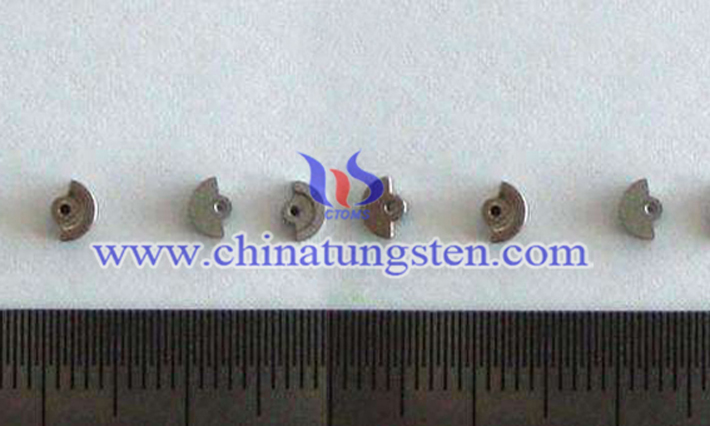
tungsten alloy vibrator picture
Tungsten
Tungsten is one of the heaviest elements and its density is twice that of steel. In the past, we often relied on it to illuminate our home—the fine tungsten wire used in old incandescent bulbs. But even now that LED lights have almost replaced tungsten lamps, most of us still have access to tungsten-related products every day. For example, together with cobalt and rhenium, tungsten makes our phones vibrate. These three "small and heavy" elements are used to rotate the motor inside our phone to generate vibration.
Tungsten, combined with carbon, also known as tungsten carbide, adds a “grain” to the machining of metal parts in the aerospace, defense and automotive industries, which is widely used as a cutting tool. It can also be used to make wear parts for drilling machines for oil and gas extraction, mining and tunneling. Tungsten can also be added to high performance steel.
Do you know which high-tech products around you contain tungsten?

